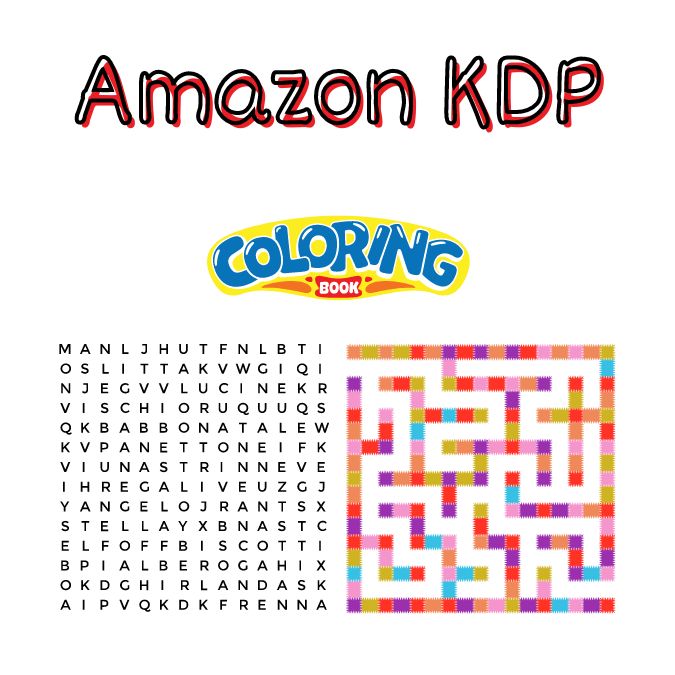6 Tips for Creating a Book for Amazon KDP
6 Tips Creating Books for Amazon KDP Follow along with these 6 tips for creating a book for Amazon KDP to create something unique. Including various activities in a book for Amazon KDP (Kindle Direct Publishing)—such as word searches, cryptograms, coloring sheets, and stories…

